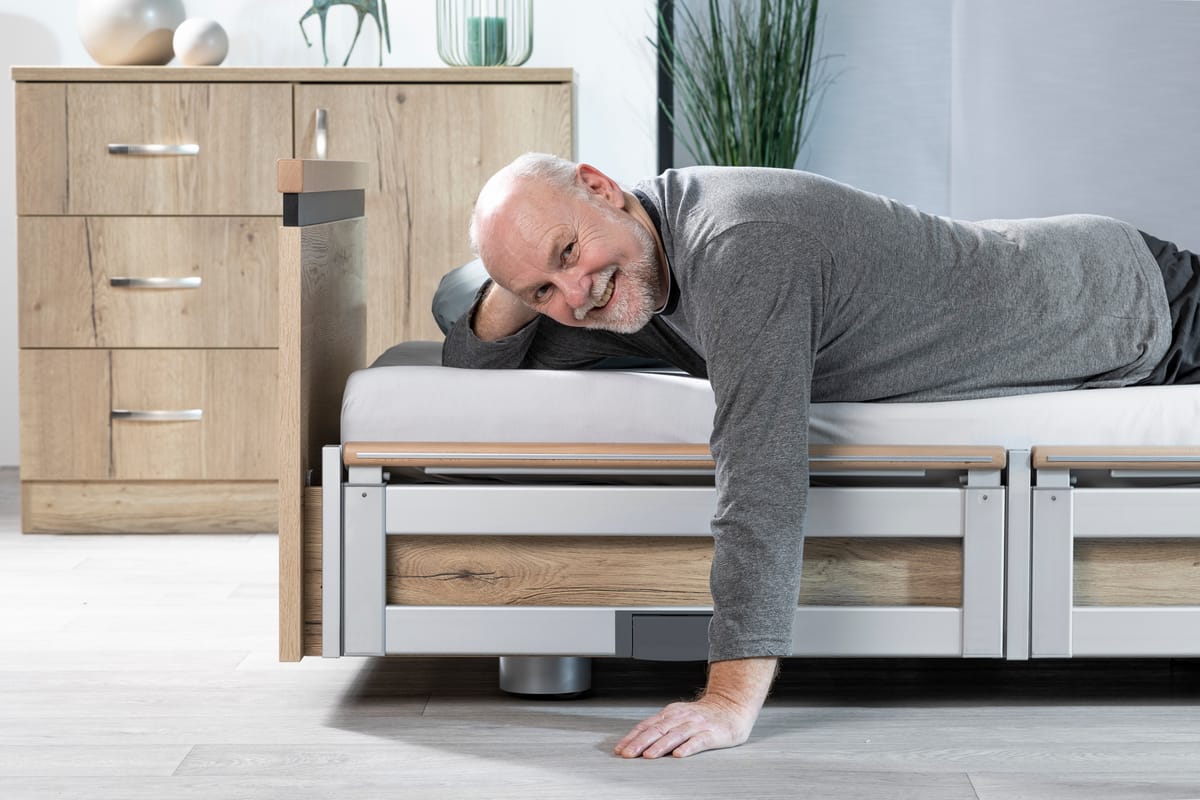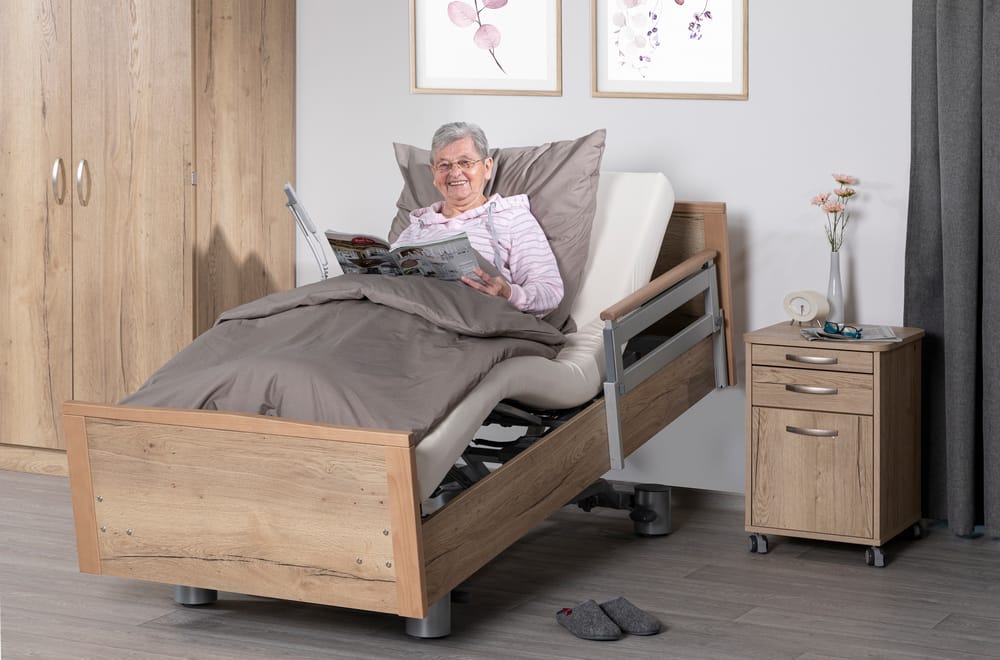MDR – The Background
The French silicone implant scandal, where fraudulent production of the PIP silicone breast implants highlighted weaknesses in the legal system, damaged the confidence of patients, consumers and healthcare professionals in the safety of medical devices. As a result, EU regulations were revised and expanded with the aim of providing a consistently high level of safety & protection for EU citizens.
In 2017, the new Medical Device Regulations (MDR) were introduced – sweeping European legislation designed to ensure that all medical equipment is safe and performs as intended.
From May 2020, all equipment deemed a “medical device” in the EU will need to undergo a conformity assessment or self-assessment to demonstrate it meets legal requirements. The aim of the new legislation is to improve the quality, safety and reliability of medical devices, while also making information more transparent for consumers.
Implementation
The 2017 legislation slipped many people by, but the deadline is looming for when the regulations really take effect and must be fully applied. From May 26 this year, all equipment deemed a “medical device” in the EU will need to undergo a conformity assessment or self-assessment to demonstrate it meets legal requirements. The aim of the new legislation is to improve the quality, safety and reliability of medical devices, while also making information more transparent for consumers. In the wake of various scandals, such as those involving breast implants and metal hip replacements, the definition of “medical devices” has also been significantly expanded in the new Regulations.
Under the new legislation, regulatory authorities will be free to conduct audits at manufacturer’s premises at any time, including unannounced visits. What’s really significant though is that everyone involved in the supply chain will now, have potential responsibility for device defects – that is, any person or company who is placing a product on the market or into service in their own name.
Not all equipment used in a healthcare environment or used by a healthcare professional is a medical device. According to the MHRA, the determining factor for borderline products will be whether or not there is a direct link between the corrective function of the equipment and the individual concerned and that there is a stated medical purpose.
All this means that it’s vital that Occupational Therapists and other health practitioners source equipment from suppliers and manufacturers that are – or will be – MDR-compliant. Ask questions and insist on proof – the all-important CE mark demonstrates that the product has passed the conformity assessment. And don’t assume that Brexit will mean the UK is off the hook: now that we have left the EU, then the MDR regulations and CE marking will be adopted & aligned into UK legislation – the main difference being that we will be considered a 3rd country i.e. outside of the EU27.
MHRA & CE Post Brexit
After Brexit, all medical devices, active implantable medical devices, in vitro diagnostic medical devices (IVDs) and custom-made devices will need to be registered with the MHRA prior to being placed on the UK market. Given this is an extension of existing registration requirements, there will be a grace period to allow time for compliance with the new registration process:
- 4 months: Class III medical devices, Class IIb implantable medical devices, Active implantable medical devices, IVD List A
- 8 months: Class IIb non-implantable medical devices, Class IIa medical devices, IVD List B, Self-test IVDs
- 12 months: Class I medical devices, Self-certified IVDs, Class A IVDs
MDR & Brexit
Despite Brexit, the MDR regulations will still be adopted within the UK. However, the UK will be treated as being a “3rd country” – that is, a country outside of the EU27. For European medical devices supplied to the UK, currently, UK based importers & distributors are treated as European distributors, almost as if they were within the same country as the manufacturer. After Brexit, European medical device manufacturers will need an appointed representative (AR) established within the UK to ensure & maintain conformity; communicate with the Secretary of State upon request; provide PMS (Post Market Surveillance); inform the manufacturers about complaints & reports; and terminate the legal relationship with the manufacturer in the event the manufacturer acts contrary to its obligations.
Bakare Beds
The good news is that all of Bakare Beds’ products are CE marked to current standards. Bakare Beds have had a PMS (Post Market Surveillance) system for tracking, tracing & recalling products out in the field and issuing field safety notices, since being awarded the contract to supply Hampshire County Council in 2004. We have been in discussions and have agreed to act as appointed representatives (AR) for our German based manufacturers should a hard Brexit occur. Bakare Beds are in advanced stages of becoming an ISO 13485:2016 supplier (ISO 13485:2016 is a quality standard similar to ISO 9000).
To put it another way, at Bakare, you’re in safe hands. This includes all our medical beds, which are considered “low risk” Class 1a products under the new legislation, along with other equipment and accessories. Since the Regulations were introduced, we’ve been working closely with all our trusted suppliers to ensure that all our products meet the requirements and are fully compliant. Don’t let next May take you by surprise! Talk to your suppliers now and find out what they’re doing to ensure they’re MDR-compliant. For further information, do check out the European Medicines Agency overview and MHRA guide.





